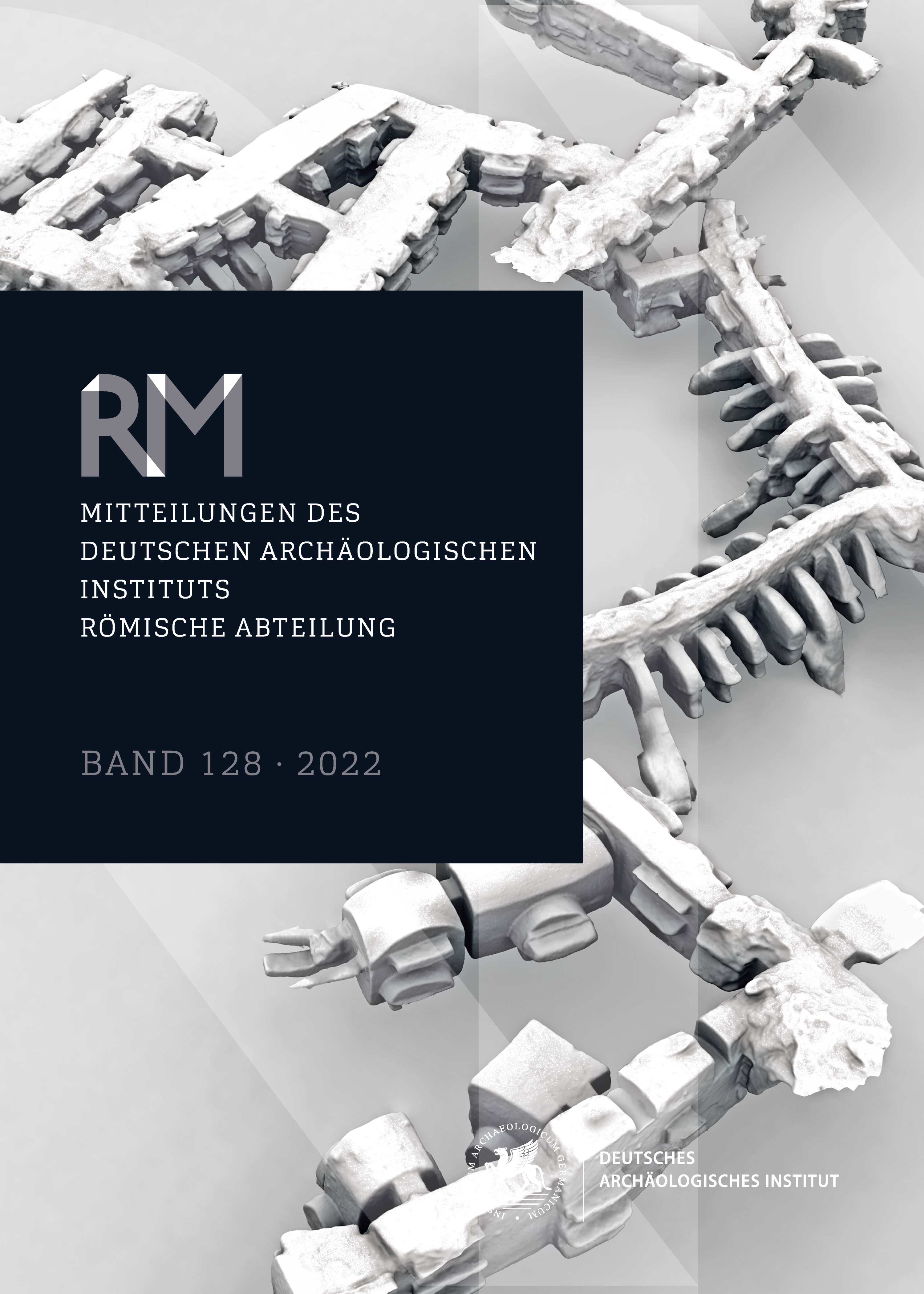Late Republican Baths in Italy.
Urban Context and Ownership
https://doi.org/10.34780/cdad-z6k6
Abstract
The urban context and ownership of baths have long been recognized as closely interrelated key features behind publicly accessible baths, but have not been comprehensively investigated for the Late Republican/Hellenistic period examples in the Western Mediterranean. This paper examines these two features of urban baths in Italy that were built between ca. 200 and 31 BC. Based on epigraphic and archaeological sources 23 baths in 17 sites are identified, of which 17 sufficiently well preserved examples are discussed in more detail. The analysis uses a set of criteria to differentiate between publicly-owned and privately-owned complexes, including inscriptions, the urban location, insula context, design of façades, accessibility, and water supply. It is argued that 13 (or even 15) of the 17 baths were built at public initiative close to or at the Forum, and were accessible from main streets. When cities were remodelled and embellished in the Late Republican period, baths were apparently an integral part of the standard building set and the new cityscapes. Providing them became a public endeavour and an official task. Since baths were built in vastly different cultural and historical contexts, including various Italic settlements, Latin and Roman colonies, as well as municipia, they were not markers of a specific Roman identity and culture, but rather of a supra-regional urban identity and lifestyle.
Schlagwörter:
Late Republican Baths, Italy, Urban Context, Ownership, Public Endeavour





